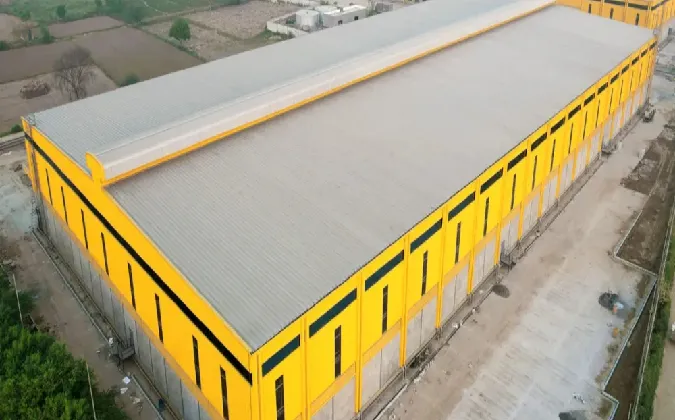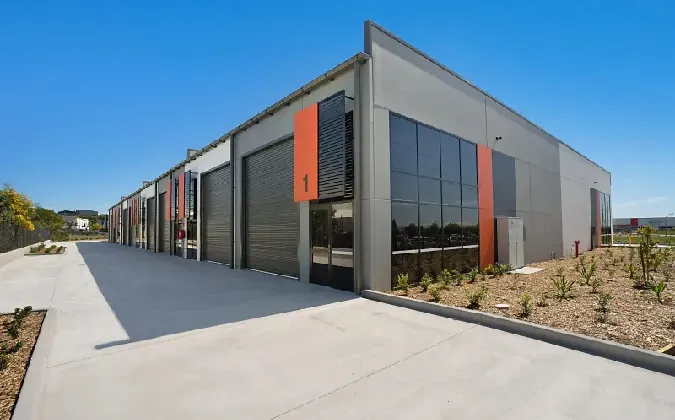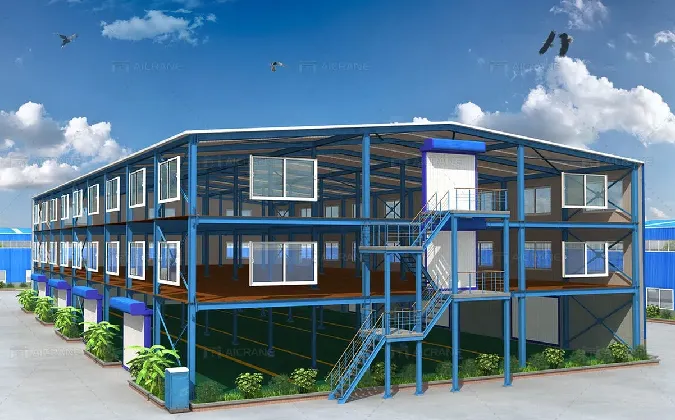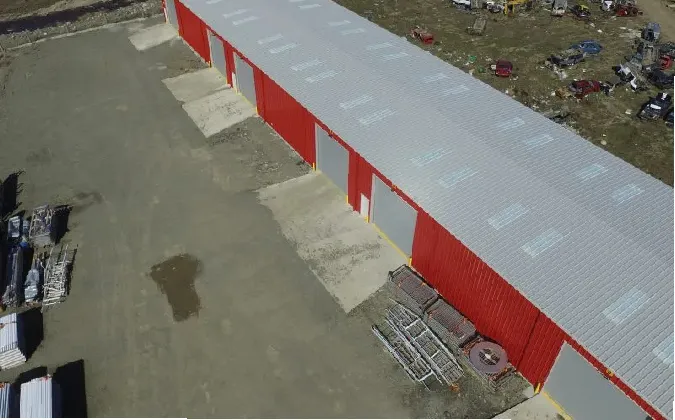- Afrikaans
- Albanian
- Amharic
- Arabic
- Armenian
- Azerbaijani
- Basque
- Belarusian
- Bengali
- Bosnian
- Bulgarian
- Catalan
- Cebuano
- Corsican
- Croatian
- Czech
- Danish
- Dutch
- English
- Esperanto
- Estonian
- Finnish
- French
- Frisian
- Galician
- Georgian
- German
- Greek
- Gujarati
- Haitian Creole
- hausa
- hawaiian
- Hebrew
- Hindi
- Miao
- Hungarian
- Icelandic
- igbo
- Indonesian
- irish
- Italian
- Japanese
- Javanese
- Kannada
- kazakh
- Khmer
- Rwandese
- Korean
- Kurdish
- Kyrgyz
- Lao
- Latin
- Latvian
- Lithuanian
- Luxembourgish
- Macedonian
- Malgashi
- Malay
- Malayalam
- Maltese
- Maori
- Marathi
- Mongolian
- Myanmar
- Nepali
- Norwegian
- Norwegian
- Occitan
- Pashto
- Persian
- Polish
- Portuguese
- Punjabi
- Romanian
- Russian
- Samoan
- Scottish Gaelic
- Serbian
- Sesotho
- Shona
- Sindhi
- Sinhala
- Slovak
- Slovenian
- Somali
- Spanish
- Sundanese
- Swahili
- Swedish
- Tagalog
- Tajik
- Tamil
- Tatar
- Telugu
- Thai
- Turkish
- Turkmen
- Ukrainian
- Urdu
- Uighur
- Uzbek
- Vietnamese
- Welsh
- Bantu
- Yiddish
- Yoruba
- Zulu
Aug . 14, 2024 18:12 Back to list
The Evolution of Factory Buildings An Architectural Perspective
Throughout history, factory buildings have played a pivotal role in the development of industries and economies worldwide. From the early days of the Industrial Revolution to the contemporary age of manufacturing and technology, the design and function of factory buildings have evolved significantly. This article delves into the architectural evolution of factory buildings, exploring their design, functionality, and impact on society.
In the late 18th and early 19th centuries, factories were primarily constructed to accommodate the burgeoning textile industry. These early factory buildings were often rudimentary, characterized by their utilitarian design. Large, open spaces with high ceilings were essential for housing machinery and allowing for efficient workflows. Materials such as brick and wood were commonly employed in construction, reflecting the regional availability of resources. One notable example of early factory architecture is the Lowell mills in Massachusetts, which exemplified the integration of function and form in industrial design.
As industries grew, so did the need for more sophisticated factory buildings
. The addition of steam power and later electricity transformed the manufacturing process, allowing for more complex machinery and production lines. This technological advancement necessitated larger and more specialized spaces, leading to the development of multi-story factories. By the late 19th century, architects began incorporating elements of what would later be recognized as industrial design. Large windows were added to maximize natural light, while steel frame construction enabled larger, uninterrupted floor plans.The early 20th century witnessed a boom in factory construction, spurred by the rise of mass production. Buildings became symbols of modernity and progress; therefore, architects began to experiment with styles and aesthetics. Influenced by movements such as Art Deco and Bauhaus, factory buildings started to adopt more decorative elements while retaining their functional purpose. The factories of this era often featured sleek lines, geometric shapes, and a blend of materials such as steel, glass, and concrete, thus reflecting the machine age ethos.
factory building

Post-World War II, the focus shifted towards efficiency and sustainability. Factories were designed with an emphasis on workflow optimization, allowing for lean production processes. This era saw the rise of the big box factory, characterized by sprawling single-story structures that facilitated the movement of goods. The use of prefabricated materials and modular construction methods further streamlined the building process, contributing to lower costs and quicker completion times.
In recent decades, the conversation surrounding factory buildings has shifted to include sustainability and environmental considerations. With the rising awareness of climate change, there is a growing emphasis on creating eco-friendly factories. This includes the incorporation of renewable energy sources, sustainable materials, and energy-efficient designs. Innovative factories now feature green roofs, natural ventilation systems, and extensive recycling programs, showcasing a commitment to reducing their ecological footprint.
Today, the role of factory buildings extends beyond mere manufacturing facilities. Many have been repurposed into mixed-use developments, art studios, and cultural spaces. This adaptive reuse not only preserves historical architecture but also revitalizes communities, making factory buildings a vital aspect of urban development.
In conclusion, factory buildings have dramatically evolved from their simple origins to complex, innovative structures that embody modern architectural principles. As the landscape of manufacturing continues to change, these buildings will undoubtedly adapt, reflecting the needs and aspirations of future generations. The transformation of factory buildings is a testament to human ingenuity, showcasing how industrial spaces can evolve to meet the demands of time, technology, and sustainability.
-
Steel Frame Factory with Insulated Roof Panels
NewsAug.14,2025
-
Prefab Metal Building with Insulation Package Options
NewsAug.14,2025
-
Industrial Steel Sheds for Temporary Workshop Use
NewsAug.14,2025
-
Metal Workshops Featuring Corrugated Steel Roofs
NewsAug.14,2025
-
Modular Steel Frame Excellence: Our Pursuit of Perfection
NewsAug.14,2025
-
Metal Garage Kits Crafted with Customer Satisfaction at Heart
NewsAug.14,2025
Products categories
Our Latest News
We have a professional design team and an excellent production and construction team.











